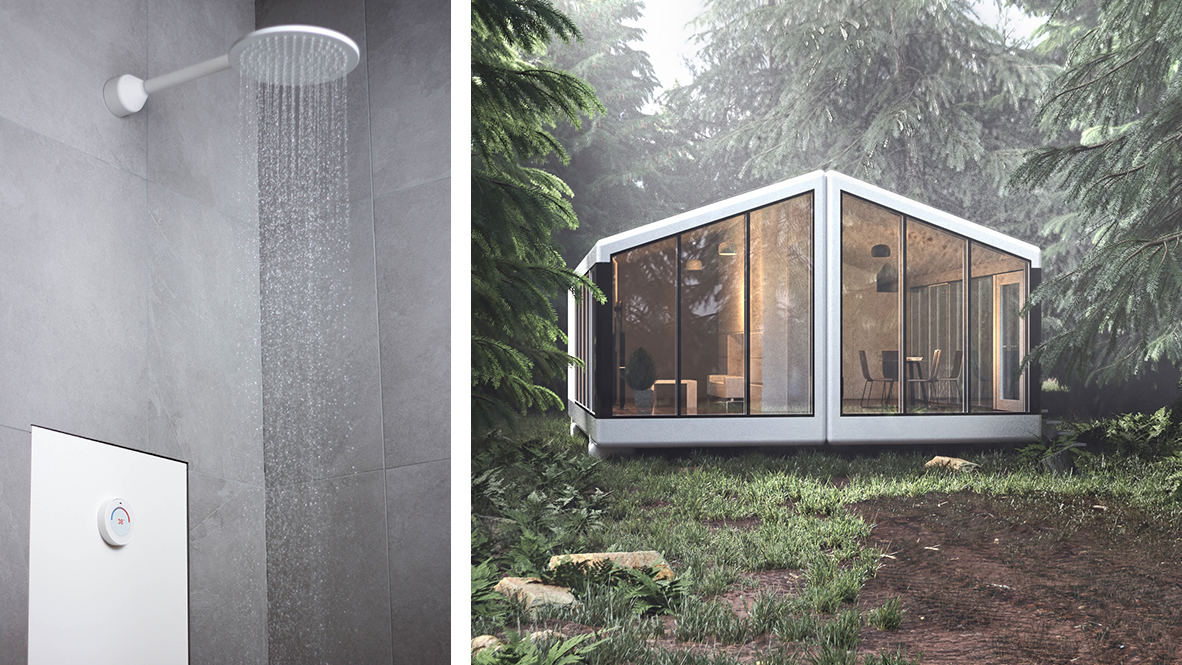

You're probably heard of smart assistants, smart lights, smart fridges and maybe even smart washing machines. But the smart shower – how would that work? Well, the answer you'd expect might be that you can turn on a smart shower from your bed so that the water is piping hot as soon as you step into it, or that you can control the water temperature or flow with your voice. But, really, smart showers ought to contribute more than just convenience, just like A* rated, energy-saving appliances do. They ought to be smart in how they save water, too, right?
Well, the new Digital Recirculating Shower does just that – and the results are pretty impressive. So impressive, in fact, that the technology was certified by NASA.
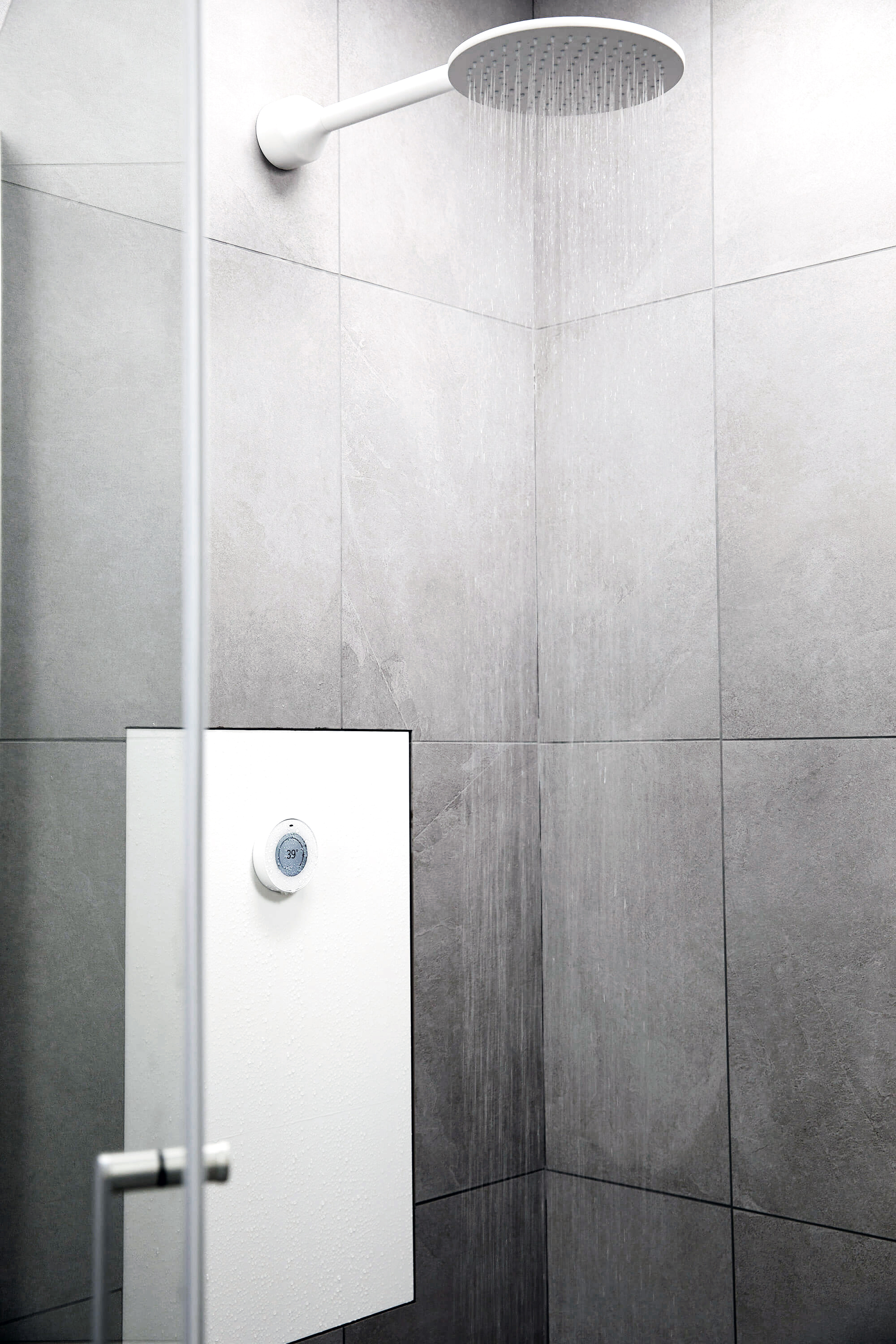
- If you're interested in smart home technology, go to The Hub, our jargon-free take on tech
So, what makes this shower smart? Driven by CEO of Orbital Systems Mehrdad Mahdjoubi's desire to reduce water consumption – and with that, our individual environmental impacts – the Digital Recirculating Shower uses advanced technology to purify and recirculate the water used, meaning we could each reduce our water waste by significant margins.
While the prospect of 'recirculated' water may seem a little questionable to begin with, we promise it's perfectly hygienic. Here's how the Digital Recirculating Shower works:
- Unwanted particles are removed and bacteria is neutralised from the remaining water using two different purification technologies;
- Unwanted particles are removed and bacteria is neutralised from the remaining water using two different purification technologies.
- Cleaned water is recirculated back up to the shower head;
- Real-time savings and consumption data are collected by the shower computer and made available in the Cloud.
This clever system can mean users save up to 90 per cent of their annual water usage – an essential step given that water scarcity currently affects four million people while the average person living in a developed country uses, on average, 10 times more water than they should.
Plus, if you're really committed to sustainability, and have the means to make it possible, the shower can also be solar powered and equipped with an off-the-grid air-to-water system, with water condensation drawn from air humidity.
While, on first impressions, this may seem like a feature of the house of the future, as opposed to something feasibly operable today, that couldn't be further from the truth. PassivDom, a US based company that builds autonomous 3D printed intelligent homes, will be installing the shower, as standard, in all of their self-sustainable units, from 2020.
Join our newsletter
Get small space home decor ideas, celeb inspiration, DIY tips and more, straight to your inbox!
For more information, and to see how feasible it would be to get the Oas Shower fitted in your home, head over to Orbital Systems.
How can I reduce my water consumption now?
If installing a water recirculating shower isn't an option for you, right now, some of the following ideas are easy to implement and will be effective in helping reduce your water consumption.
- Turn off your taps – while turning off your taps while you brush your teeth won't allow you to save the planet, single handedly, it's a step in the right direction. Plus it's so easy we can't see why you wouldn't.
- Invest in a water saving shower head – easy to install, simply switching to an eco shower head can reduce your water usage dramatically, and you'll barely notice a difference.
- Install a water butt – by placing a water butt at the end of a drainpipe, you can collect rainwater with ease and use it to water your garden, ditching the hose pipe in the process.
- Make use of your dishwasher – believe it, or not, a fully stacked dishwasher uses less water, on average, that hand dish washing. If there was ever an excuse not to do the washing up, this was probably it.
- Save your washing for a full load – a bit of a no-brainer, making sure you only wash laundry when you have enough to fill your machine is another easy way to reduce your water consumption. Live in a house share? Consider coupling up with your flat mates to reduce water waste.
Looking for more sustainability tips?
Emily first (temporarily) joined the Real Homes team while interning on her summer break from university. After graduating, she worked on several publications before joining Real Homes as Staff Writer full time in mid-2018. She left the brand in 2020 to pursue another career, but still loves a second-hand bargain and sourcing unique finds to make her rented flat reflect her personality.
-
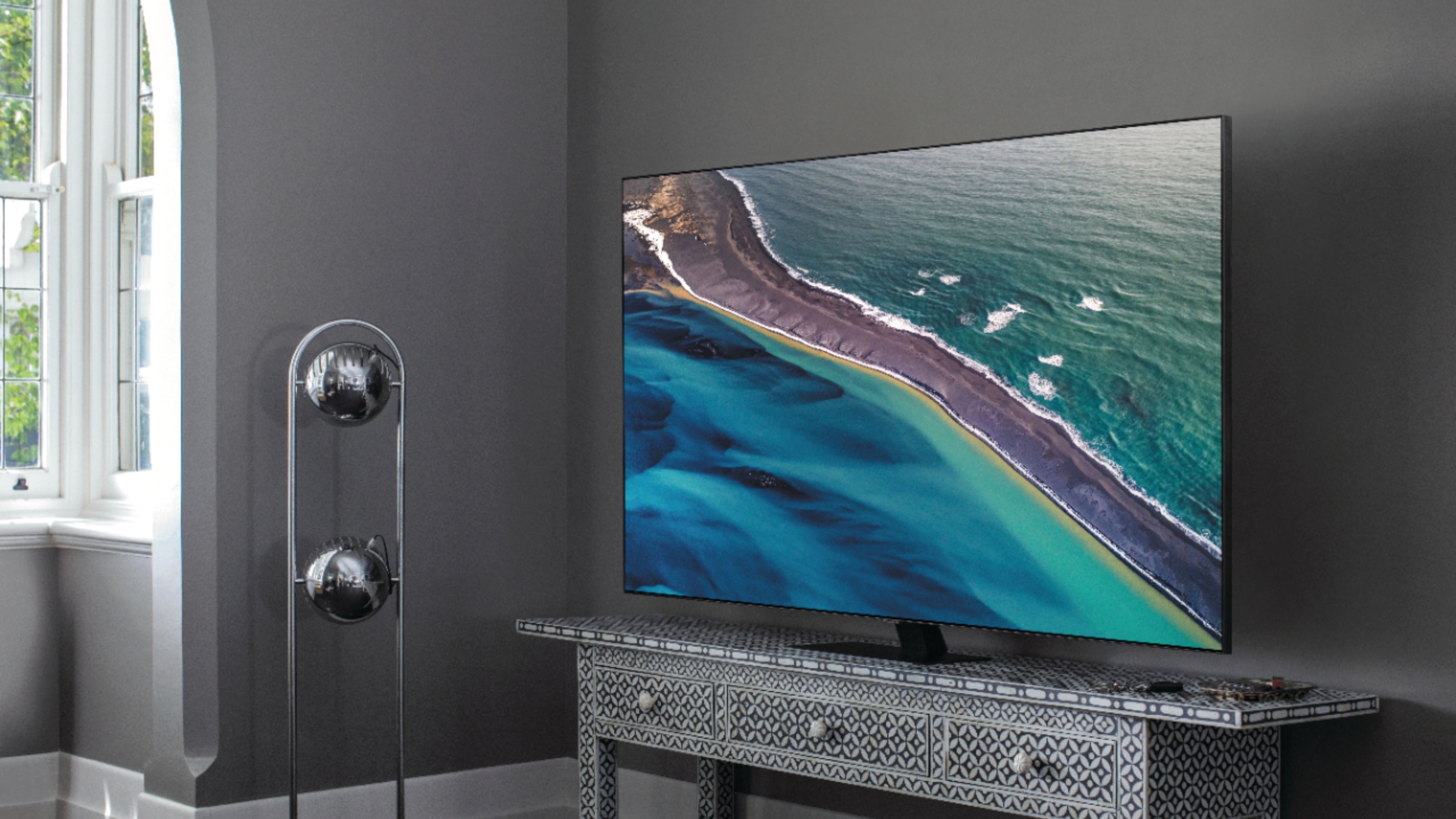 Best TVs: upgrade your lounge with the best OLED, QLED, 4K and Smart TVs
Best TVs: upgrade your lounge with the best OLED, QLED, 4K and Smart TVsThe best TVs to invest in for your next movie night, binge-watch, or the big game
By Caroline Preece Published
-
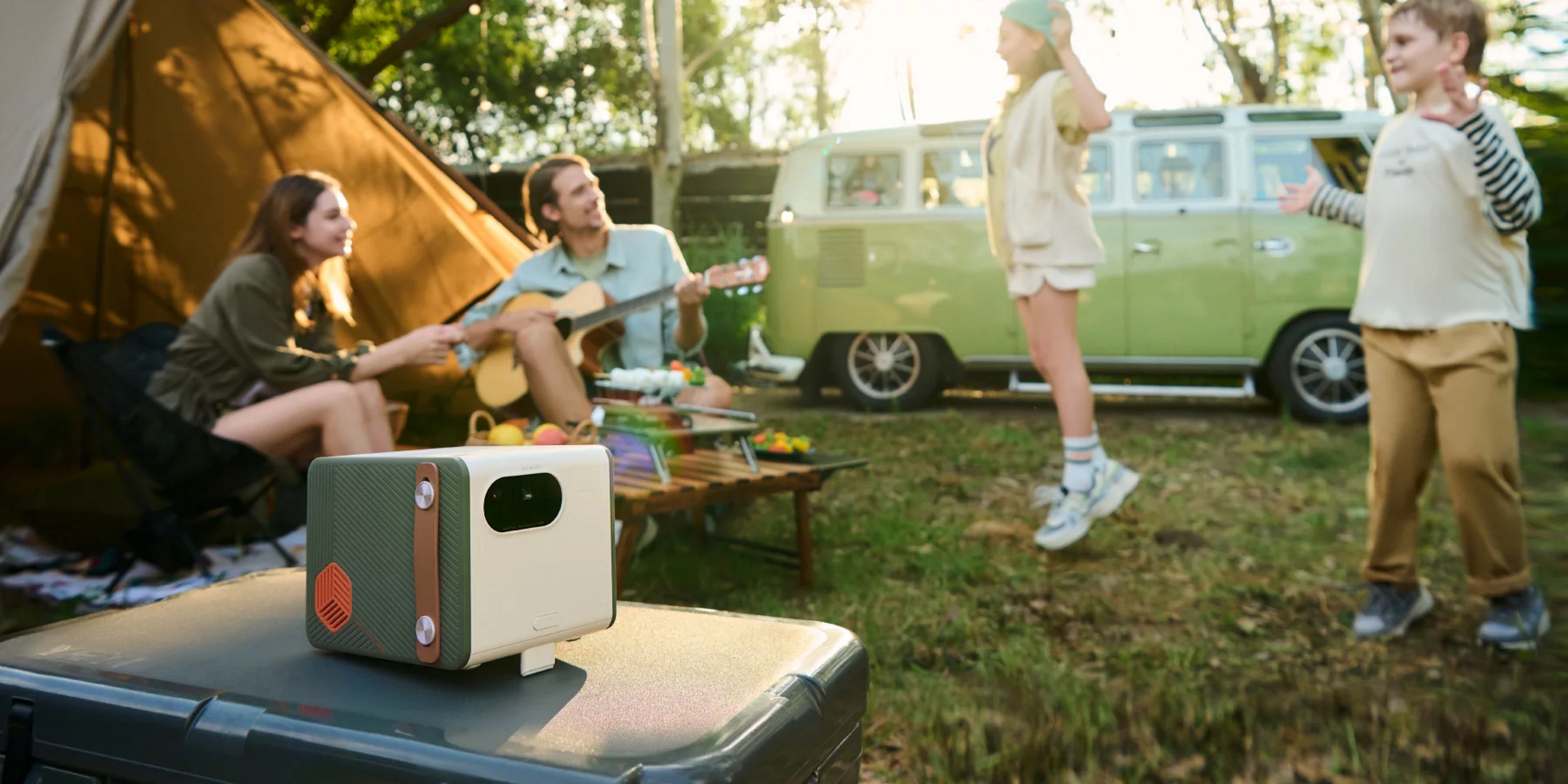 BenQ GS50 Wireless Projector review: perfect for your next family trip
BenQ GS50 Wireless Projector review: perfect for your next family tripWe test the BenQ GS50, which pitches itself as an all-in-one portable movie-watching experience
By Caroline Preece Last updated
-
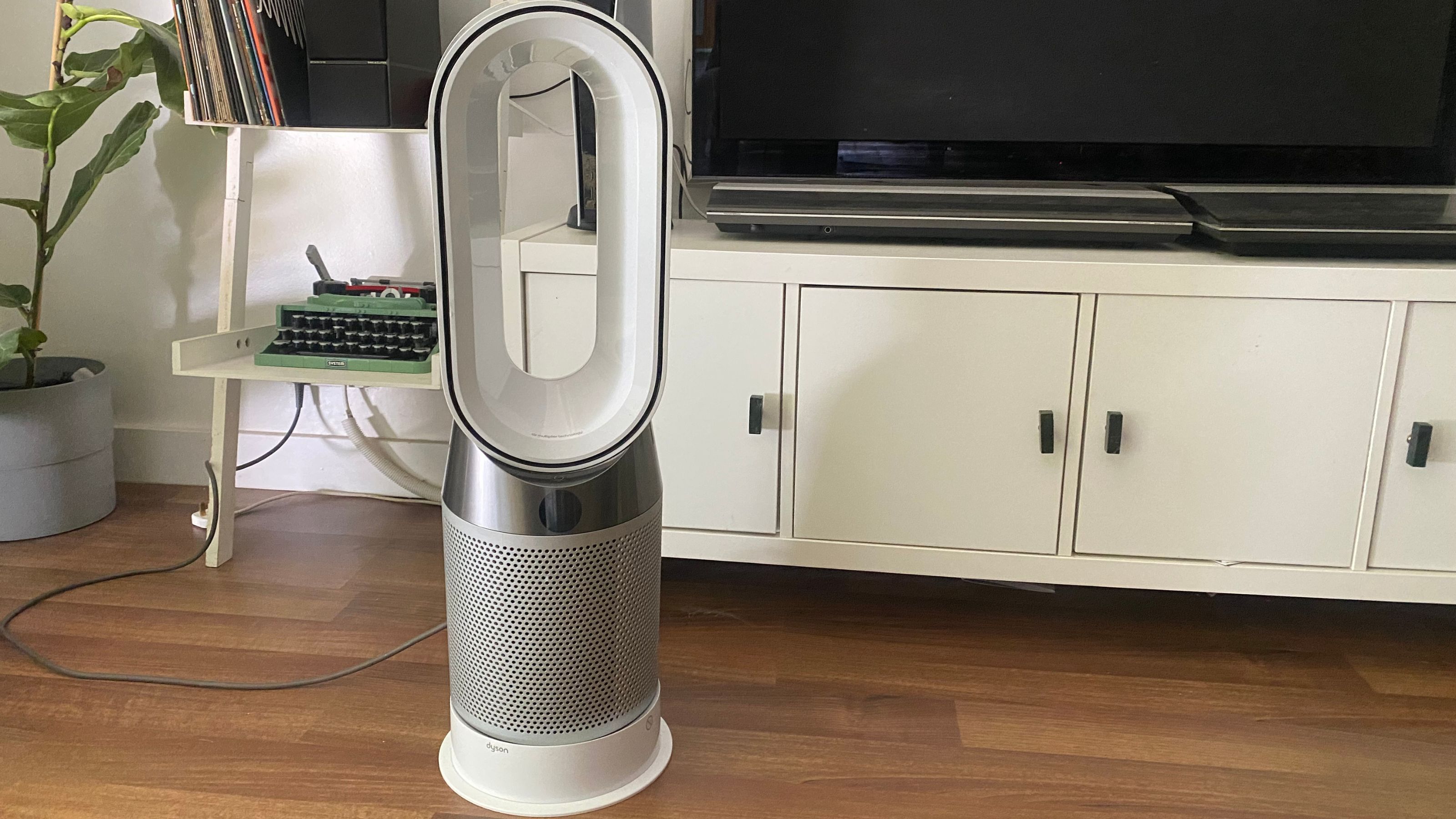 Dyson Pure Hot + Cool HP04 review
Dyson Pure Hot + Cool HP04 reviewThe Dyson Pure Hot + Cool HP04 is the ultimate buy for your home. Though an investment, it will keep you cool in the summer, keep you warm in the winter and purify all year long
By Annie Collyer Last updated
-
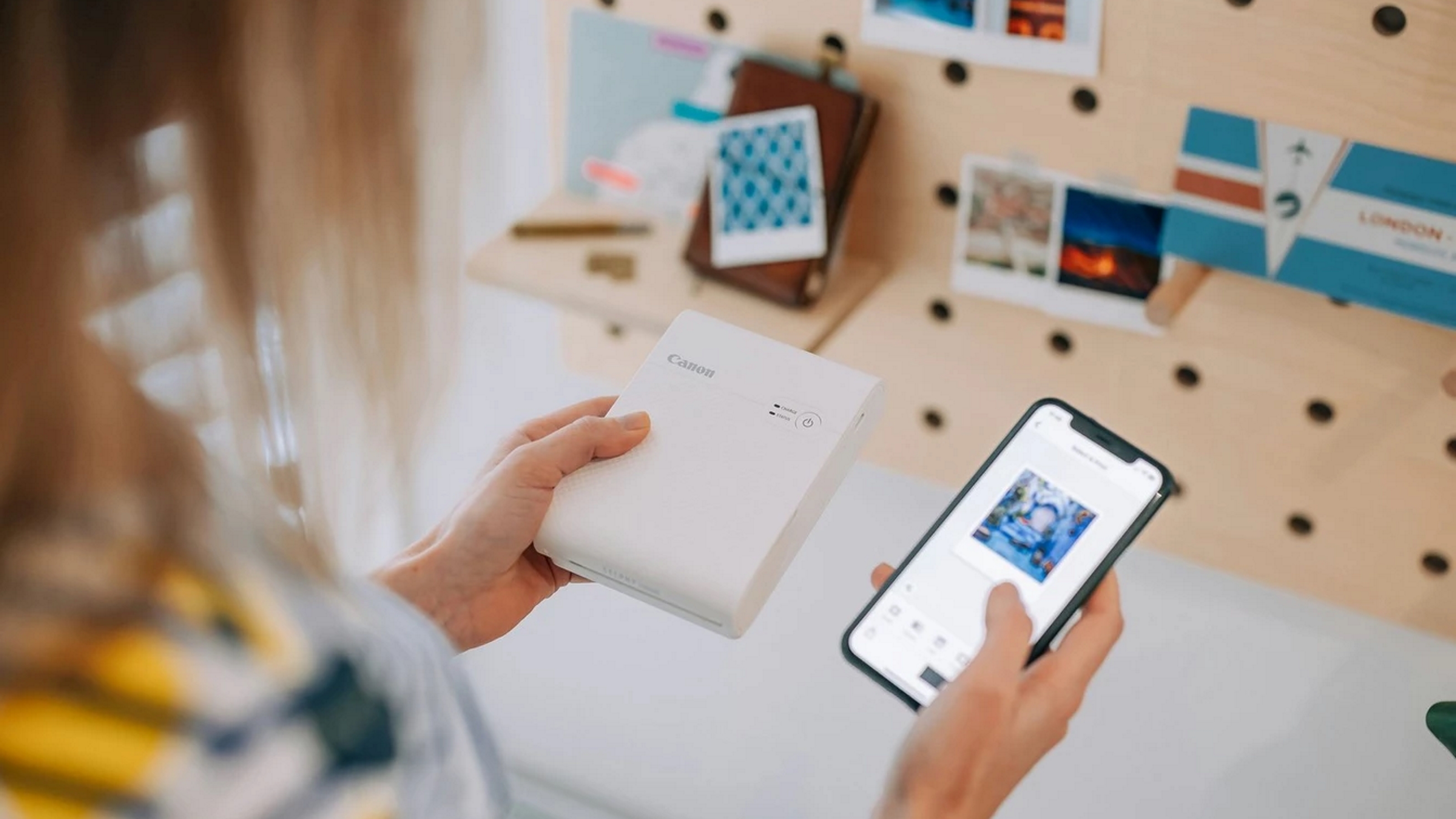
 Canon SELPHY Square QX10 review: a scrapbookers dream?
Canon SELPHY Square QX10 review: a scrapbookers dream?We test the Canon SELPHY Square QX10 to see how it can help immortalise those most treasured memories
By Caroline Preece Published
-
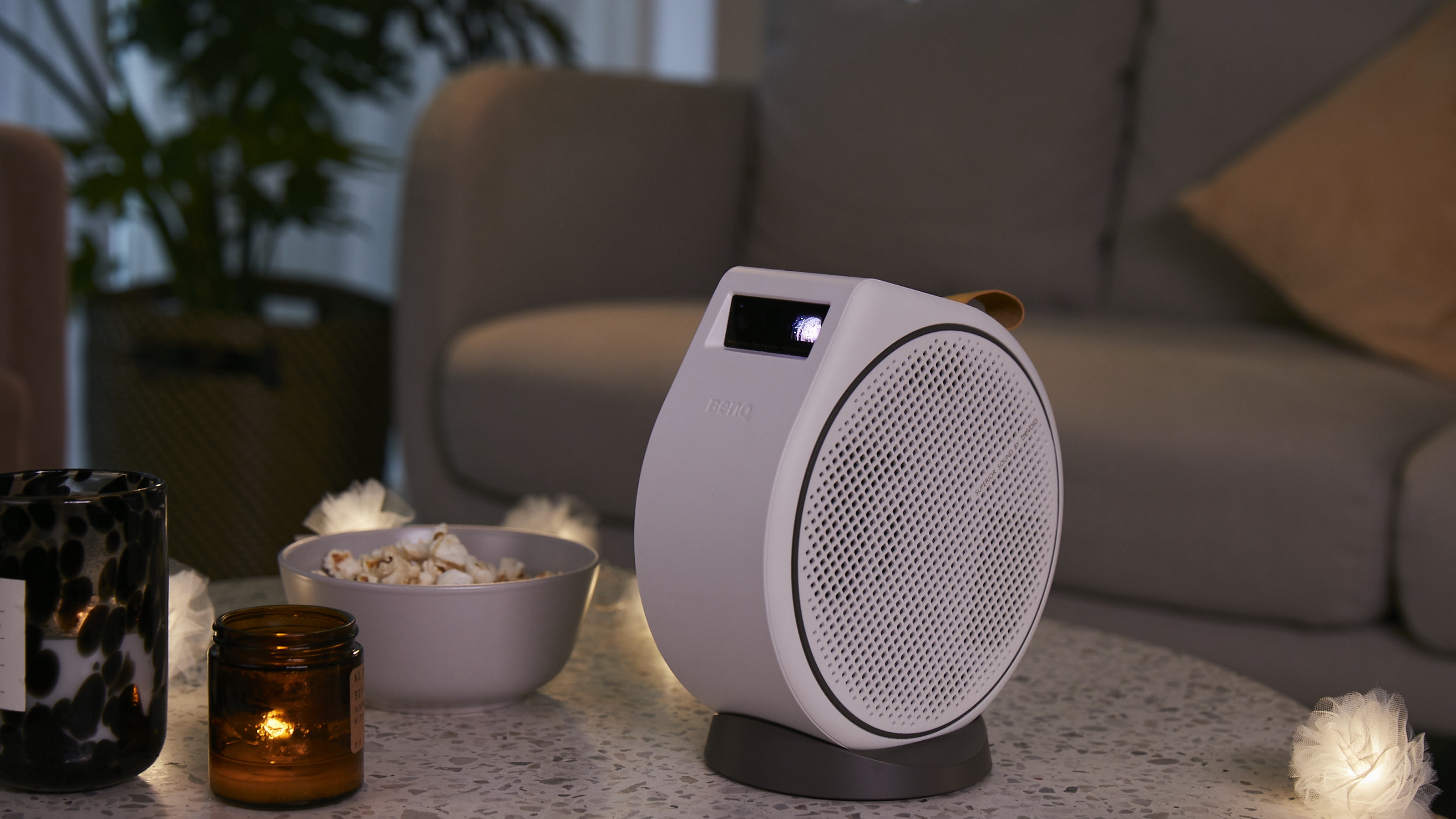 BenQ GV30 Projector review: a fun, feature-packed, portable projector
BenQ GV30 Projector review: a fun, feature-packed, portable projectorWe tested the BenQ GV30 Portable Projector to see whether it could really make our outdoor cinema dreams come true
By Chris Haslam Published
-
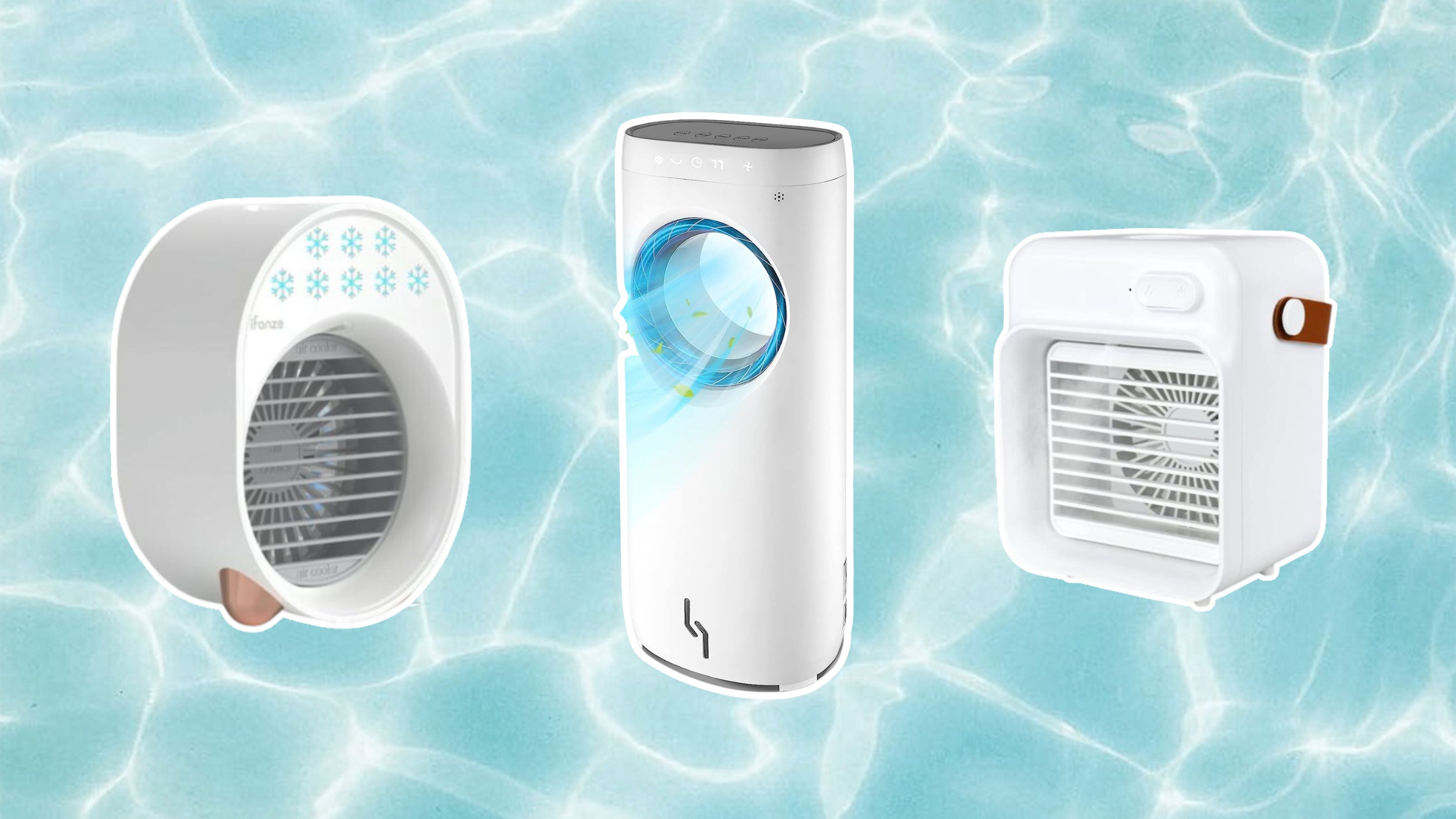 Keep your cool this summer with these portable air conditioners — highly rated by shoppers
Keep your cool this summer with these portable air conditioners — highly rated by shoppersIt's easy for little spaces to overheat, so we've picked out the best air conditioners for small rooms and dorms
By Joseph Bobowicz Last updated
-
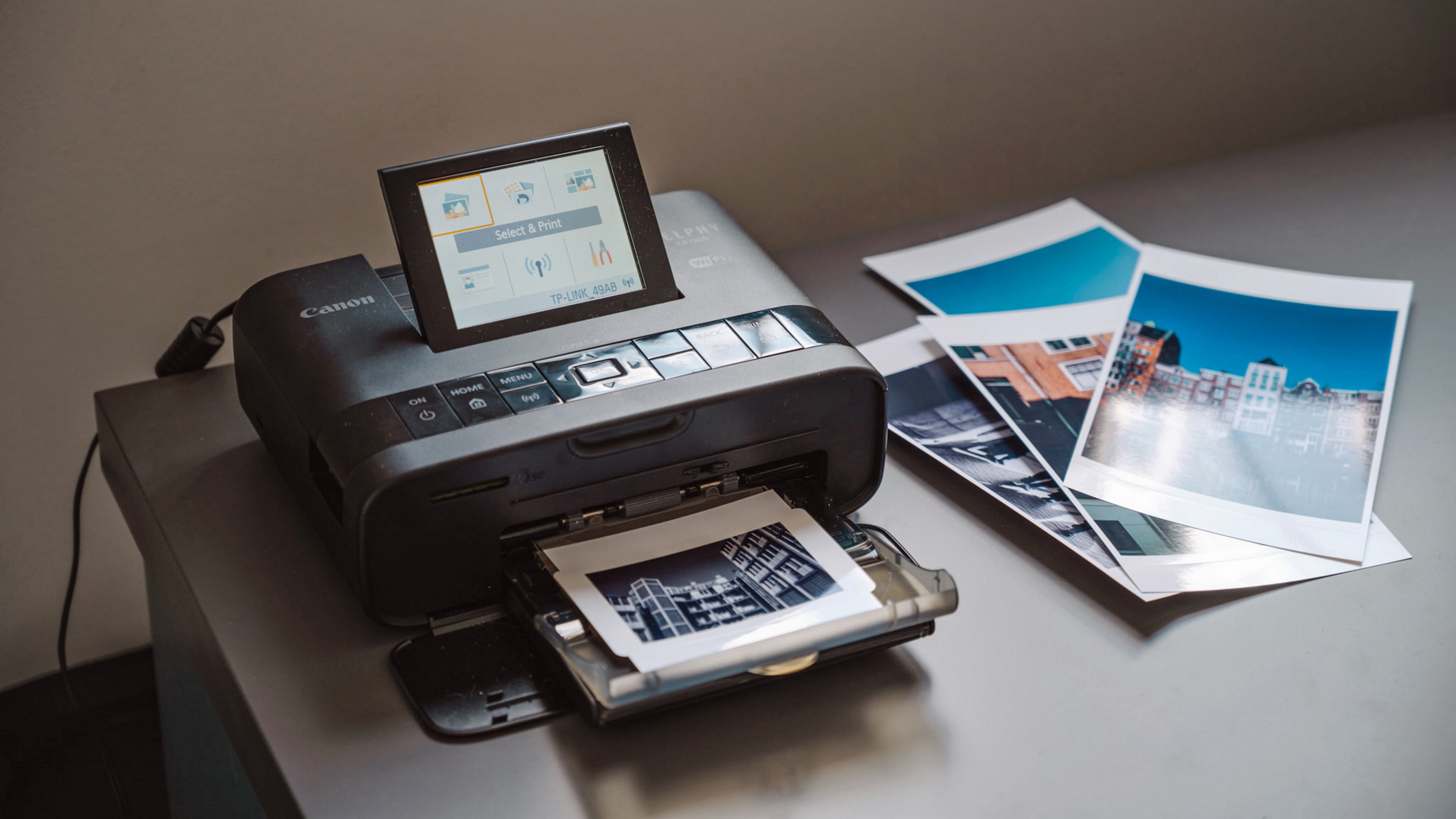
 Canon SELPHY CP1300 review: perfect for picture printing
Canon SELPHY CP1300 review: perfect for picture printingWe take a look at the playful Canon SELPHY CP1300 photo printer, which aims to reintroduce physical prints into our lives
By Anete Lusina Last updated
-
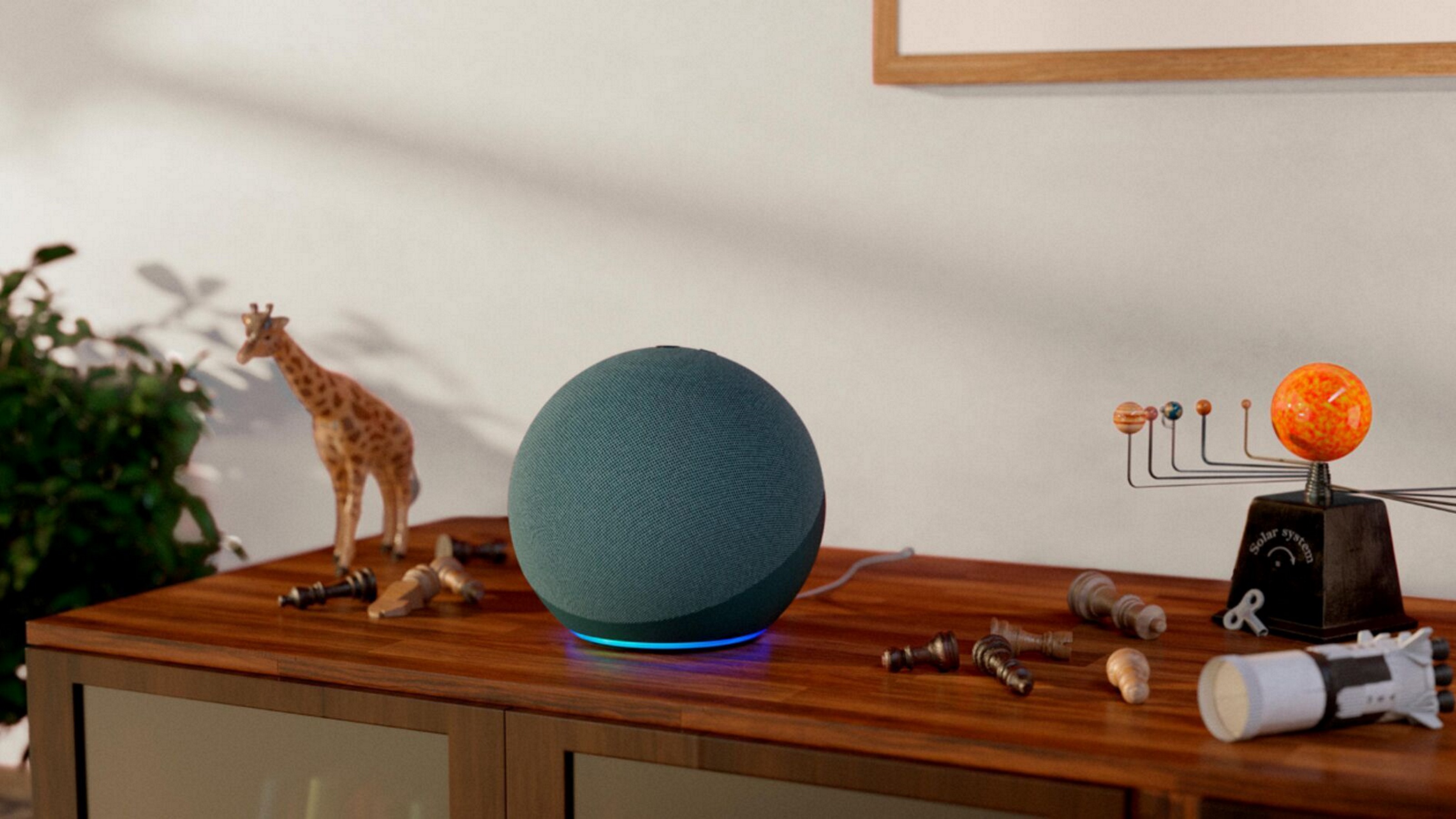 Best smart speaker: our pick of the best smart assistant speakers and displays
Best smart speaker: our pick of the best smart assistant speakers and displaysThe best smart speakers from Amazon, Google, Sonos, and more to upgrade your home with a little helper for the family
By Caroline Preece Last updated